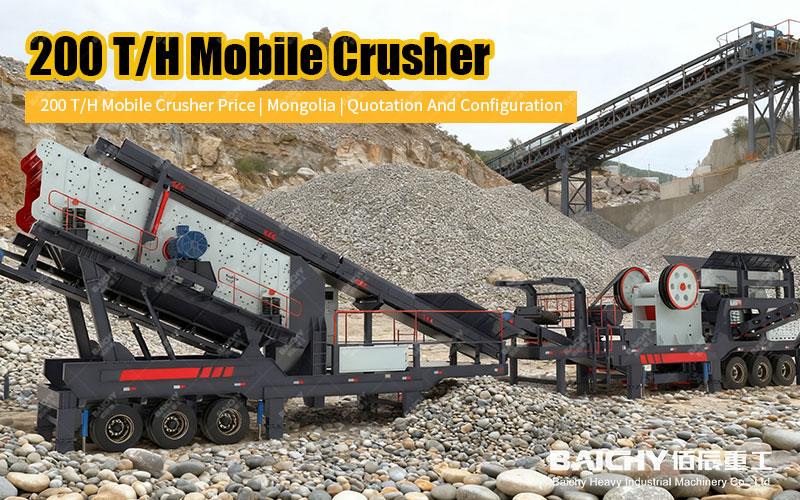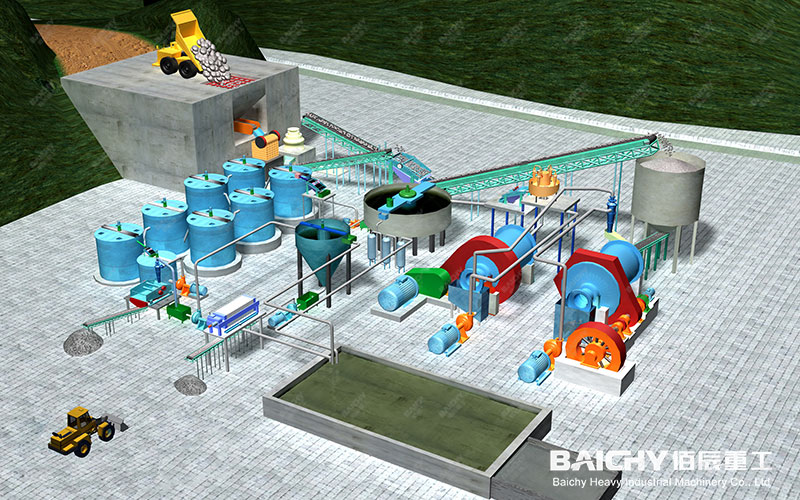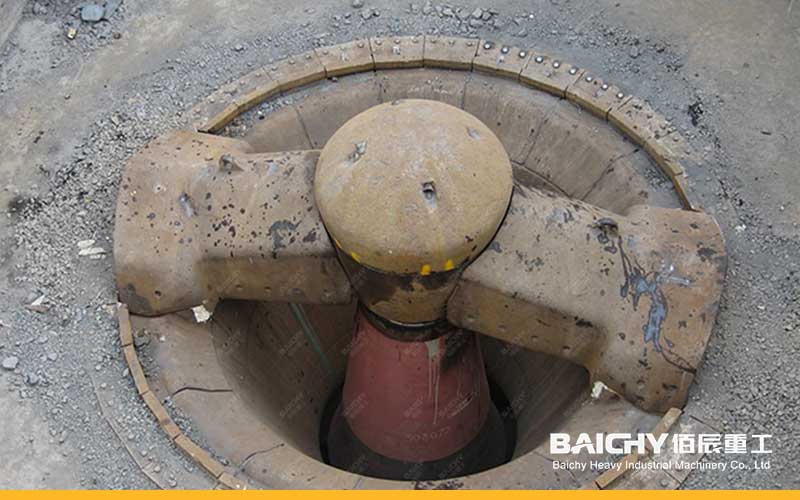
In the cement, building materials, and agriculture industries, limestone and gypsum are two crucial raw materials. To reduce costs and improve equipment utilization, the idea of one machine for multiple uses is natural and wise.
So, what is the core answer?
The answer is: theoretically possible, but in practice, it requires great caution and specific conditions. Most types of grinding mills (especially general-purpose models like Raymond mills and vertical mills) are capable of processing these two medium-hardness non-metallic minerals. However, this absolutely does not mean they can be used interchangeably without any adjustments.
Below, we will explain the differences and considerations in detail from several key dimensions.
I. Comparison of Grinding Characteristics of Limestone and Gypsum
Understanding the characteristics of materials is fundamental to determining whether the same equipment can be used.
| Characteristics | Limestone | Gypsum (mainly referring to natural gypsum) | Impact on Grinding |
| Hardness | Mohs hardness approximately 3-4, belonging to medium-soft, easily grindable materials. | Mohs hardness approximately 2, very soft, belonging to materials that are extremely easy to grind. | Key Differences: Gypsum is softer and more easily over-ground under the same grinding force, producing a large amount of ultrafine powder, affecting efficiency and product quality. |
| Moisture Content | Generally low, but may contain surface moisture after mining. | Natural gypsum usually contains water of crystallization (CaSO₄·2H₂O) and is sensitive to heat. | When grinding gypsum, if using a mill with a drying function (such as a vertical mill), temperature must be strictly controlled to prevent dehydration. |
| Abrasiveness | Limestone containing impurities such as quartz is highly abrasive. | Abrasiveness is generally much lower than that of limestone. Grinding highly abrasive limestone will accelerate the wear of easily worn parts such as grinding rollers and grinding discs. | When switching to gypsum, the equipment already has some wear, so changes in fineness need to be monitored. |
| Product Fineness Requirements | Wide range of applications, from coarse aggregate to powders of several hundred mesh, requiring flexibility. | For building gypsum powder, fineness requirements are usually high and strict (e.g., 100-200 mesh). | The grinding mill needs to be able to flexibly adjust the fineness. |
II. How to Achieve One Machine for Two Uses? Key Operational Points
If you decide to use the same grinding mill, the following points are crucial:
1. Thorough Cleaning: This is the most important step! Before switching from grinding limestone to grinding gypsum, the grinding system (including the main unit, classifier, piping, collector, etc.) must be thoroughly cleaned. Residual limestone powder will contaminate high-purity gypsum products, severely affecting the strength and setting time of the gypsum products.
2. Equipment Selection is Prerequisite:
◦ General-purpose grinding mills are preferred: Raymond mills and vertical roller mills are ideal for processing both materials. They allow for easy control of product fineness by adjusting the classifier speed and roller pressure, offering wide adaptability.
◦ Ball mills: While they can also be used for both, the cleaning workload during material switching is enormous, and energy consumption is relatively high, making them less recommended.
◦ Hammer crusher: Typically used for primary crushing, it is difficult to achieve very high fineness and is not suitable for producing fine gypsum powder.
3. Process parameter reset:
◦ Grinding pressure: When grinding softer gypsum, the pressure of the grinding rollers should be appropriately reduced to avoid over-grinding and energy waste.
◦ Air volume and classifier speed: The air volume and classifier speed need to be readjusted according to the target fineness. Due to the light weight and good fluidity of gypsum, the air volume configuration may differ from that of limestone.
◦ Drying temperature (if the equipment has a drying function): When grinding gypsum, the hot air temperature must be strictly controlled (usually below 150°C) to prevent dihydrate gypsum from dehydrating and losing some or all of its water of crystallization, becoming hemihydrate gypsum (building gypsum) or anhydrous gypsum (hard gypsum), which would completely change the product properties.
III. Special advice for Ethiopian customers
Considering that Ethiopia is in a period of rapid infrastructure development, the demand for cement (requiring limestone) and gypsum board (requiring gypsum powder) is huge. We offer the following practical suggestions:
• For long production runs and high output: For example, grinding limestone for several consecutive months before switching to gypsum for long-term production. In this case, investing in a large vertical mill or Raymond mill is feasible. A smooth switchover can be achieved through thorough cleaning and maintenance during downtime.
• For frequent and rapid material switching: For example, producing different types of products daily or weekly. In this case, using the same machine will lead to low production efficiency and a high risk of cross-contamination due to frequent cleaning and adjustments. We recommend configuring dedicated grinding production lines for each material; in the long run, this is a more economical option and ensures more consistent product quality.
• Conduct industrial-scale trials: The safest approach is to provide us with your limestone and gypsum samples. We can conduct actual grinding tests for you at our experimental facility using the same experimental mill, providing accurate data on capacity, fineness, energy consumption, and cleaning plans, giving you a solid basis for your investment decisions.
In summary, a high-performance, flexible Raymond mill or vertical mill, provided that the cleaning and parameter reset procedures are strictly followed, can be used to grind both limestone and gypsum. However, this is not a seamless switch; it requires meticulous operation and management.
We understand the importance of cost control in the early stages of a project. Our team of engineers is happy to provide you with targeted solution evaluations to help you find the optimal balance between investment costs, operating costs, and product quality when selecting equipment.
Please feel free to contact us; let us use our professional technical services to safeguard your business in Ethiopia!











